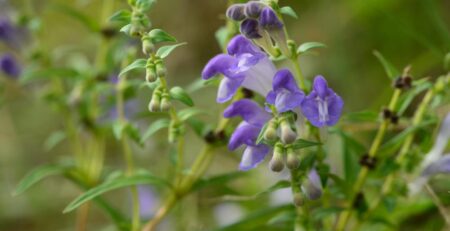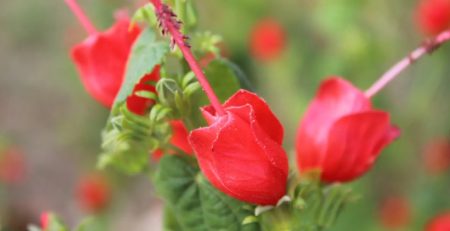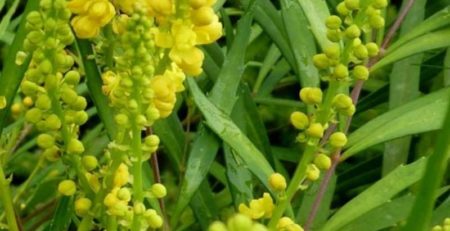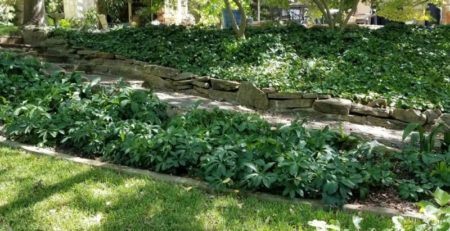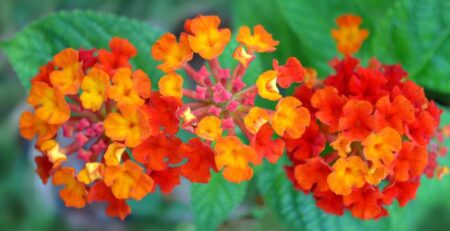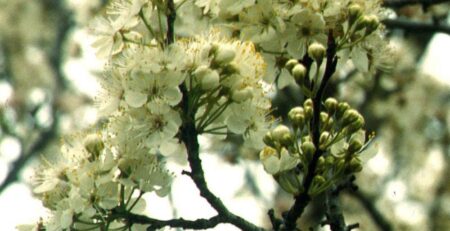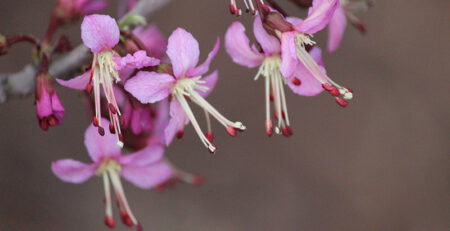Black-Eyed Susan (Rudbeckia hirta)
Plant Description:
Widely appreciated for its spectacular, bright yellow, daisy-like blooms with dark centers, the Black-Eyed Susan plant adds a charming dash of sunshine to cottage gardens, cutting gardens, rock gardens, patio containers, or sunny perennial borders. Reaching a height of 2-3 feet tall and a spread of 1-2 feet wide, this plant is perennial to USDA zones 3 through 9. The Black-Eyed Susan plant is native to North America.
Propagation & Planting:
The Black-Eyed Susan is considered to be a short-lived perennial, but the plant self-seeds prolifically, and will return year after year if planted in moist, well-draining soil in an area that receives full sun. This plant is best propagated by division, and should be divided every few years to provide adequate air circulation. Dried seeds may be collected from the seed heads as they begin to open, and should be stored in an air-tight container in the refrigerator for planting the next season. Seed should be loosely dispersed and shallowly covered by moist soil when planted.
Basic Care Instructions:
The Black-Eyed Susan plant responds well when organic matter is worked into the soil at the time of planting. This plant requires a sunny garden location with at least 6 hours of direct sun and well-drained soil. The plant will survive partial shade, but may require staking, as it will tend to grow taller in an attempt to reach more light. The Black-Eyed Susan will survive a drought once established, but will not survive consistently wet, soggy conditions. The upright clumps should be divided every few years to provide the plant with good air circulation, therefore helping to prevent downy mildew or leaf spots. Regular removal of spent flowers will help control the height of the plant and maintain an attractive appearance so that staking is not necessary.
Fertilizing Instructions:
The Black-Eyed Susan plant does not require fertilizer, but will respond well to the addition of rich, organic matter or compost if worked into the soil around the plant base.
Pruning Instructions:
The regular removal of spent flowers will encourage more blooms. The black flower centers eventually become seed heads in the fall and may be left on the plant or ground, if desired, to provide food for the birds in winter. Unsightly stems and dried leaves should be removed in the spring to give the plant a more attractive appearance as it begins to re-grow for the next season.
Pests & Disease:
In ideal conditions, the Black-Eyed Susan plant is relatively pest-and-disease-free. Excessive moisture and over-crowding will promote powdery mildew, and should be avoided. Verticillium Wilt, for which there is no cure, is a fungal disease which can be spread by overly wet conditions or infected tools. The plant may also suffer from Phytoplasma or Bacterial leaf spot, in which case, the affected areas must be removed. The Black-Eyed Susan will occasionally be eaten by slugs or snails, which can be controlled with a careful application of Diatomaceous Earth according to the product label directions.
PlantTAGG® is the most technically advanced mobile solution for helping gardeners learn about and care for their plants. PlantTAGG’s goal to educate gardeners blends seamlessly with the mission of the Master Gardener program to provide research-based horticultural information to the residents of Dallas County and beyond. To setup your own yard, download the PlantTAGG app from the Apple or Google app store.
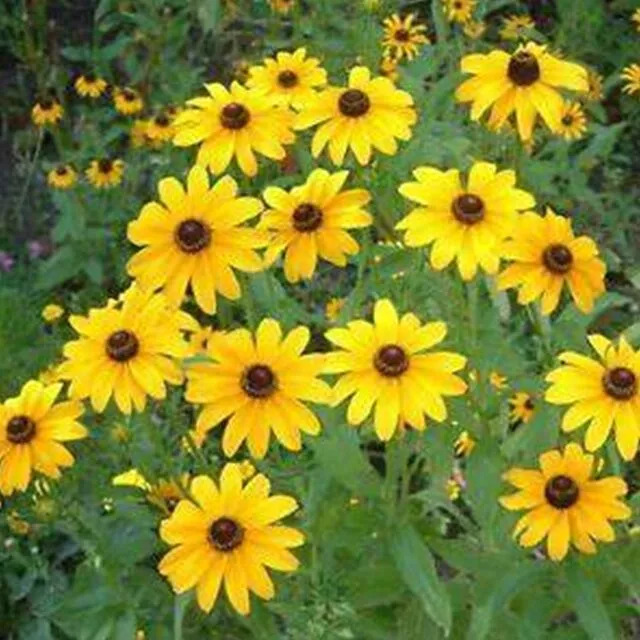
Common Names: Black-Eyed Susan, Brown-Eyed Susan, Denver Daisy, Rudbeckia, Gloriosa Daisy, Black-eyed Coneflower, Black-eyed Susan, Yellow Ox Eye Daisy, Common Black-Eyed Susan, Bristly Coneflower
Botanical Name: Rudbeckia hirta
Category: Perennial
Lifecycle: Perennial, Annual
USDA Symbol: RUHI2
USDA Hardiness Zones: 4A – 9B
Sun Requirement: Full Sun (6+ hours per day)
Water Requirement: Medium
Soil: Sandy Loam
pH: Adaptable
Height: 2 to 3 ft
Spacing: 1 to 2 ft
Spread: 1 to 2 ft
Growth Rate: Rapid
Bloom Time: Seasonal
Bloom Color(s): Black, Yellow
Leaf Shape: Oblong
Leaf Arrangement: Alternate
Fruit: Edible to birds
Fruit Time: Summer
Fruit: Native Plant




